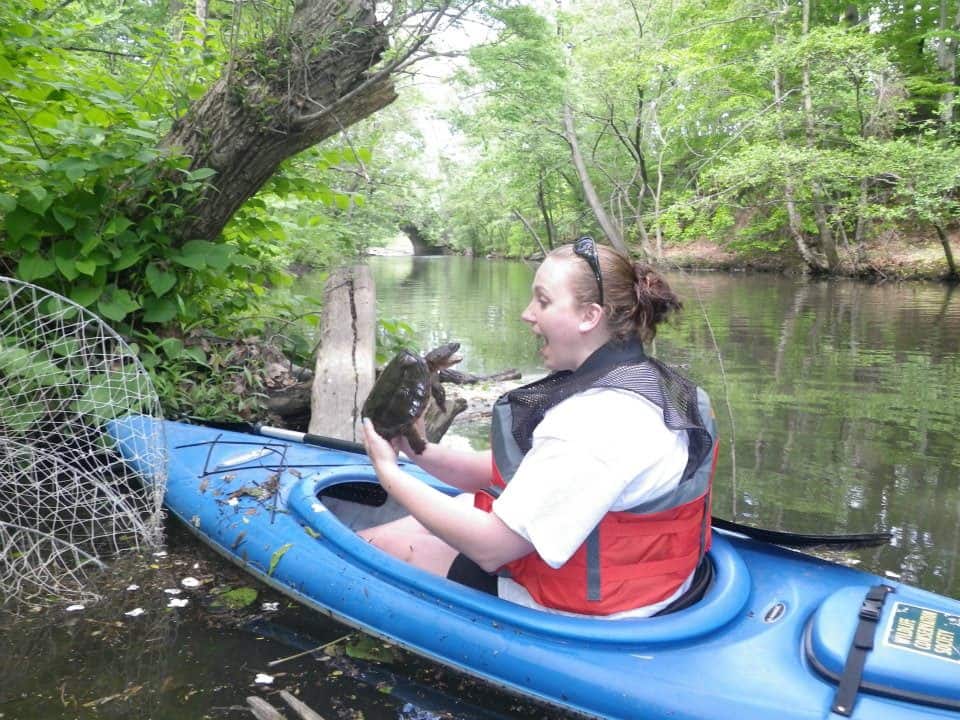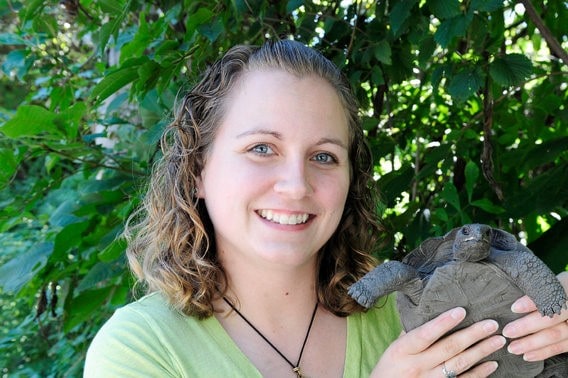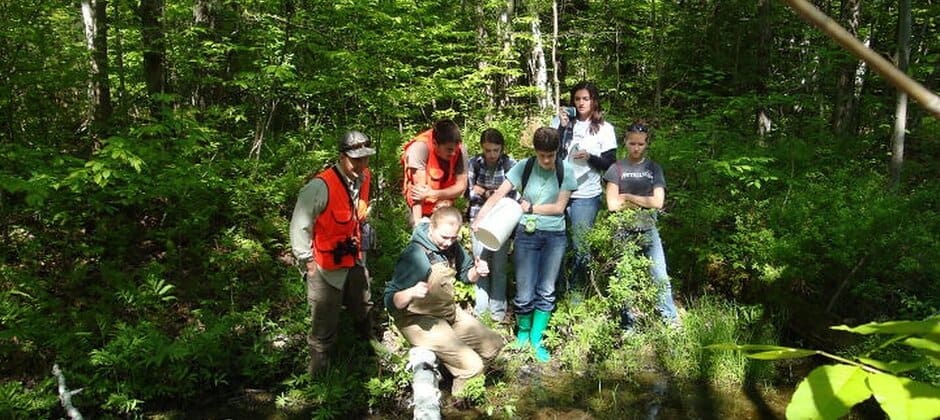Share this article
Wildlife Vocalizations: Valorie Titus
Wildlife Vocalizations is a collection of short personal perspectives from people in the field of wildlife sciences.
There are so many moments in my career that have solidified my love of wildlife biology, so I have chosen to talk about what made me want to become a wildlife biology professor. The future of wildlife conservation doesn’t just lie in the hands of the current biologists, it also depends on those that will follow in our footsteps. My desire to teach wildlife biology began over 10 years ago when I started teaching as a volunteer instructor for the Northeast Section of The Wildlife Society Field Course at Camp Kehoe in Vermont. I was in the middle of my dissertation research and not quite sure where I wanted to go with my degree. I knew there was something I was meant to do, but I hadn’t quite put my finger on it yet. So when Past TWS President John McDonald ask me if I was interested in becoming a volunteer instructor, I jumped on the chance.

Field work on snapping turtles and red-eared sliders on the Bronx River examining population densities and health.
Credit: Jonah Rothleder
I will never forget crossing the border into Vermont for the first time. Of course, I was a little nervous because I wasn’t sure how my lecture prior to going in the field would go, considering I wasn’t very experienced when it came to lecturing about anything. That first year, I was only running the herpetology workshop, so I was able to observe and learn from other instructors. My first workshop was very well received, and we had a beautiful day for scouting for reptiles and amphibians (which can be difficult in May in Vermont because the weather can be so unpredictable). I really felt after that experience that teaching was where I was supposed to be heading. The field course gave me the opportunity to teach students about concepts and animals that I love very much, while instilling my excitement into the next generation of not only biologists, but people that will be making decisions and voting to protect our wildlife and wildlands.
This experience also made me realize that a smaller college or university with smaller classes was the better option for me. After finishing my PhD, I ended up at Green Mountain College just down the road from Camp Kehoe for 5 years until it closed in 2019. I have since moved to Keystone College Pennsylvania, and I’m excited for the adventures that lay ahead of me.

Headshot with juvenile Galapagos tortoise at the Bronx Zoo. Credit: Julie Larsen Maher
Teaching at a small school certainly has its ups and downs, but the ability to get to know my students and really give them hands-on field experiences is really rewarding. Don’t get me wrong, the resources at large schools, and the faculty to teach the courses that they offer, are exceptional, but for me, and many of my students, the atmosphere of a small, intimate campus, and the relationships you form can be life changing. There is really nothing else like being a professor and teaching students the history, present and future of wildlife biology, and being involved in the NETWS Field Course is what started it all for me.
Learn more about Wildlife Vocalizations, and read other contributions.
Submit your story for Wildlife Vocalizations or share the submission form with your peers and colleagues to encourage them to share their story.
For questions, please contact Jamila Blake.
Header Image:
Discussing amphibian ecology with the Northeast Section of The Wildlife Society Field Course class.
Credit: Jonah Rothleder








